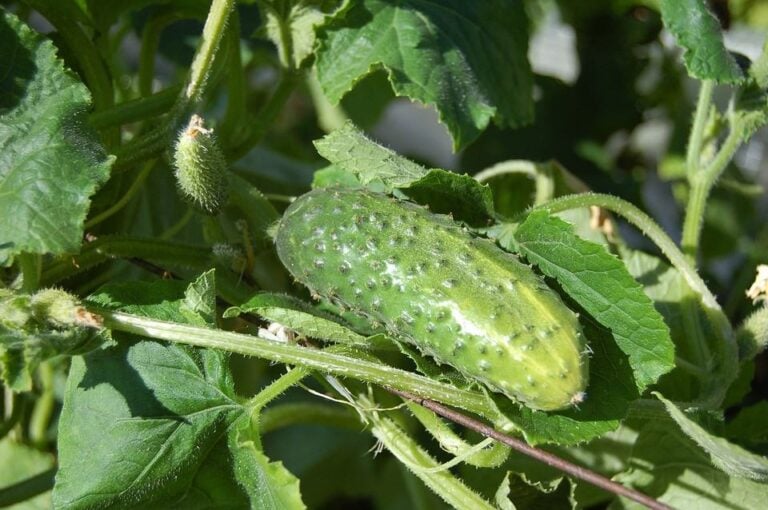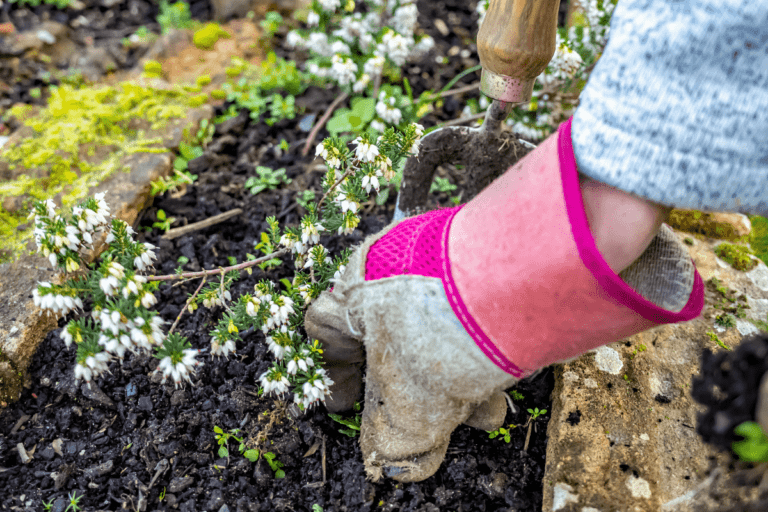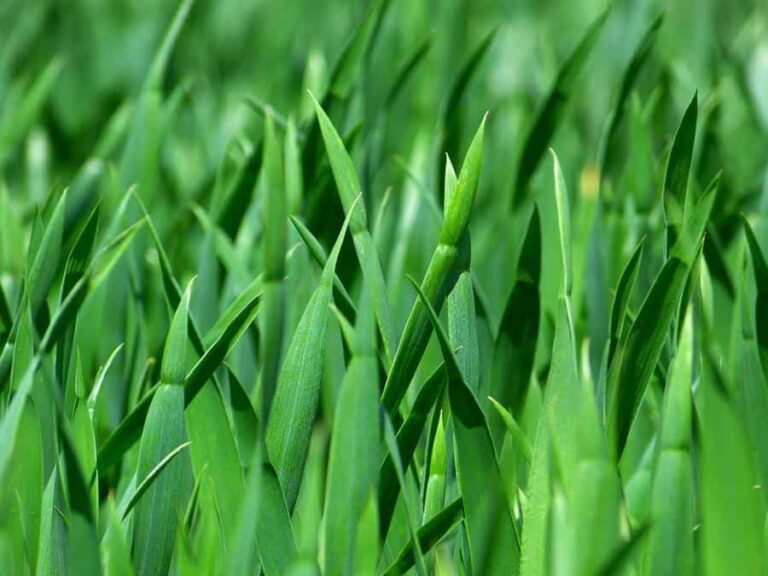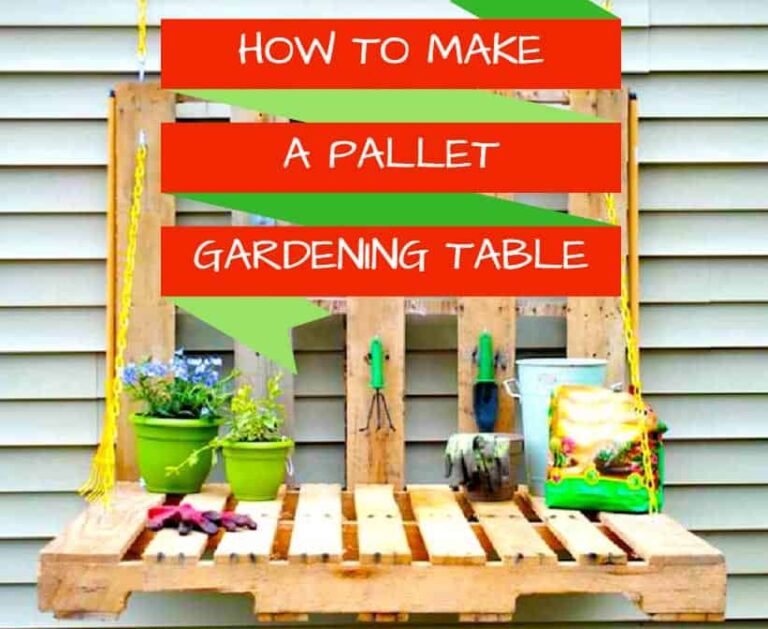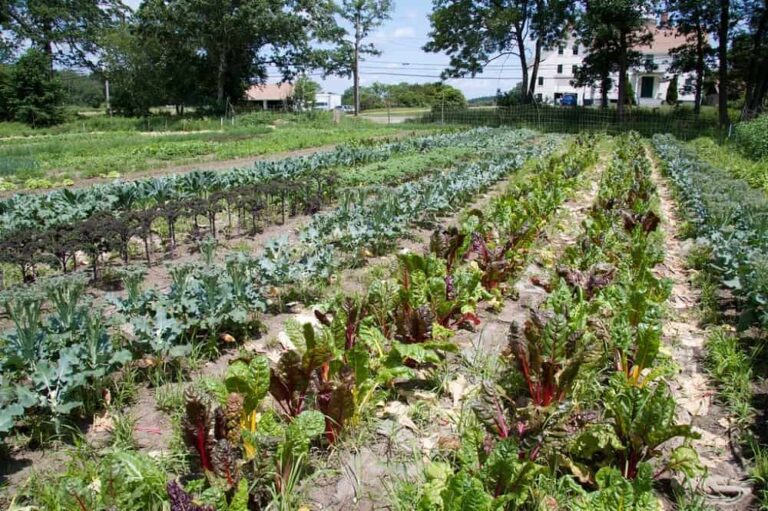New Methods for Hilling Potatoes
Hilling potatoes helps ensure a healthy, growing potato crop free from sun exposure and other weather elements. Loosen soil before planting your potatoes for easy hilling later. Once your potatoes begin to sprout plants, it’s time to begin hilling by creating mounds around each stalk, leaving about three inches from the top of the plant.

Repeat the hilling process after a few new inches of growth until your mound is six to eight inches high. Use each hilling routine as a reminder to water, fertilize, and check the health of your crops.
Table of Contents
What Does Hilling Potatoes Mean?
Hilling refers to the process of creating mounds with soil around the plants of potatoes as they grow from the ground. Potato plants rise as they grow as opposed to growing further into the ground. This should be done whether you are growing potatoes indoors or outdoors. Here’s a quick overview.
Hilling your potatoes will ensure that they stay covered through the growing process for maximum health. The term “hilling” comes from the way in which mounds, or small hills, are created during the process for each potato plant.
Why is Hilling Potatoes Important?
Hilling potatoes is an important part of potato gardening when potatoes are grown underground. Potatoes need to remain in the dark as they grow. Exposure to light can quickly kill off your crops. No matter where you grow potatoes or in what medium, they have to remain covered.
This is where hilling comes in. By consistently providing a mound of soil over your potatoes as they grow, they’ll remain covered and unexposed to light and other weather conditions that can affect your crop. Hilling also encourages the potato stalk to produce a higher yield.
Alternatively, you can plant your potatoes much deeper into the ground to allow for plenty of growing room, but this requires a lot more work when you initially plant your potatoes.
Preparing for Hilling Potatoes
To more easily hill your potatoes later, you should loosen the soil before planting your potatoes. This will allow for more moveable soil later to mound around your plants. Keep any extra soil you have after digging trenches, too, so that you’ll have this soil available for the hilling process.
You can also choose to hill your potatoes with straw, which might be a better option if you have little soil available. You can complete the hilling process with hay, which also acts as a mulch layer on top of your growing potatoes.
Make sure your potatoes have plenty of space between them when you plant so you can create the mounds later. If your potatoes are too close together, not only will growth be inhibited under the ground, but you’ll find it difficult to hill your potatoes properly when it’s time.
When to Hill Potatoes
You need to hill your potatoes once they’ve been up through the soil for about a week, as this is about the time they’ll need some extra coverage on top.
You can choose to hill your potatoes as often as you feel it’s necessary, but most gardeners complete the hilling process at least twice through the season. A good rule of thumb is to hill once every three weeks or so after a few new inches of growth on your potato plant.
When To Stop Hilling Potatoes
You should stop hilling potatoes when you’ve formed a hill about six or eight inches tall, or 2-3 inches from the bottom leaves. You will continue hilling potatoes as the plants are growing, but will stop when the plants have reached their maximum height. You’ll know when to stop hilling potatoes when you don’t notice new growth in height and start to see them droop. At this point, the plants are nearing the end of their growth, and once completely drooped over, you’ll have a few days to harvest your own potatoes!
How to Hill Your Potatoes
You can use your hands or your choice of gardening tool to carefully loosen soil near your potato plants when you’re ready to hill your potatoes. Use this soil to, with your hands, bring toward and around the stalk of the potato plant. Continue to draw soil around each plant, creating a hill around the base of each stalk.
SFGate recommends building up the soil enough to leave about three inches from the top of the plant. This will better protect your potato plants and keep them safe from any light and weather exposure. In turn, you may have a better yield from your potato plants. Repeat the same procedure for subsequent hillings after your plants have grown a few more inches.
If you’ve planted your potatoes early in the season and they’re at risk for a late frost, you can completely cover your plants with a soil mound without ruining them.
The process is similar if you choose to use straw for hilling potatoes rather than soil. However, you should be careful when placing your straw to ensure that it completely covers your potato plants. This can be a little trickier than using soil, but you usually can avoid possible exposure by creating a thick layer of straw on top of the potatoes and mounding it around your stalks using your hands.
This video by Hawthorn Gardens shows the proper technique to create mounds for hilling potatoes:
Caring for Potatoes During and After Hilling
During each hilling process, you should first check to make sure your potatoes are watered properly. Is the soil or straw moist? Neither should be overly wet nor dry. Give your plants some extra water if needed, and this can also be a good reminder to fertilize your potato plants if you choose to use any.
You may also use this time to check on the health of your potatoes. It’s completely safe to pull a plant from the ground during the hilling process to check for signs of disease, sun exposure, or pest infestation. Are there excessive blemishes on the potatoes? Are they turning green? Either one is a sign that something is wrong and you may want to interject before getting further into the hilling process.
If you did remove a plant, simply place it back in its location, cover with soil, and continue the hilling process. Use hilling as a reminder to perform routine “maintenance” on your potato plants, since you’re already at work moving soil and working closely with the plants.

